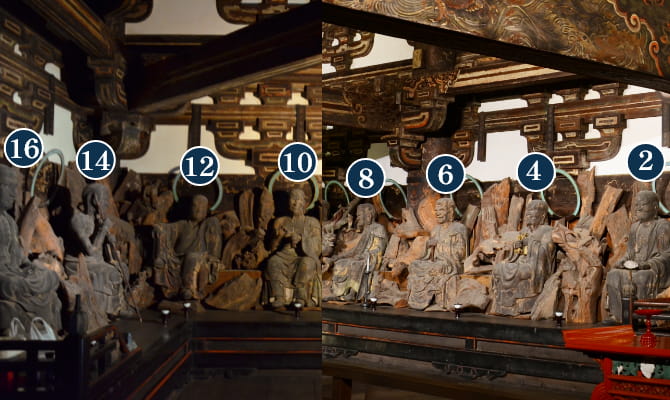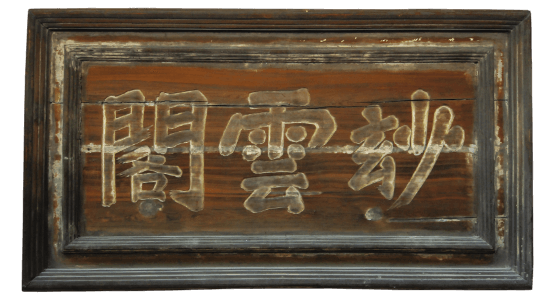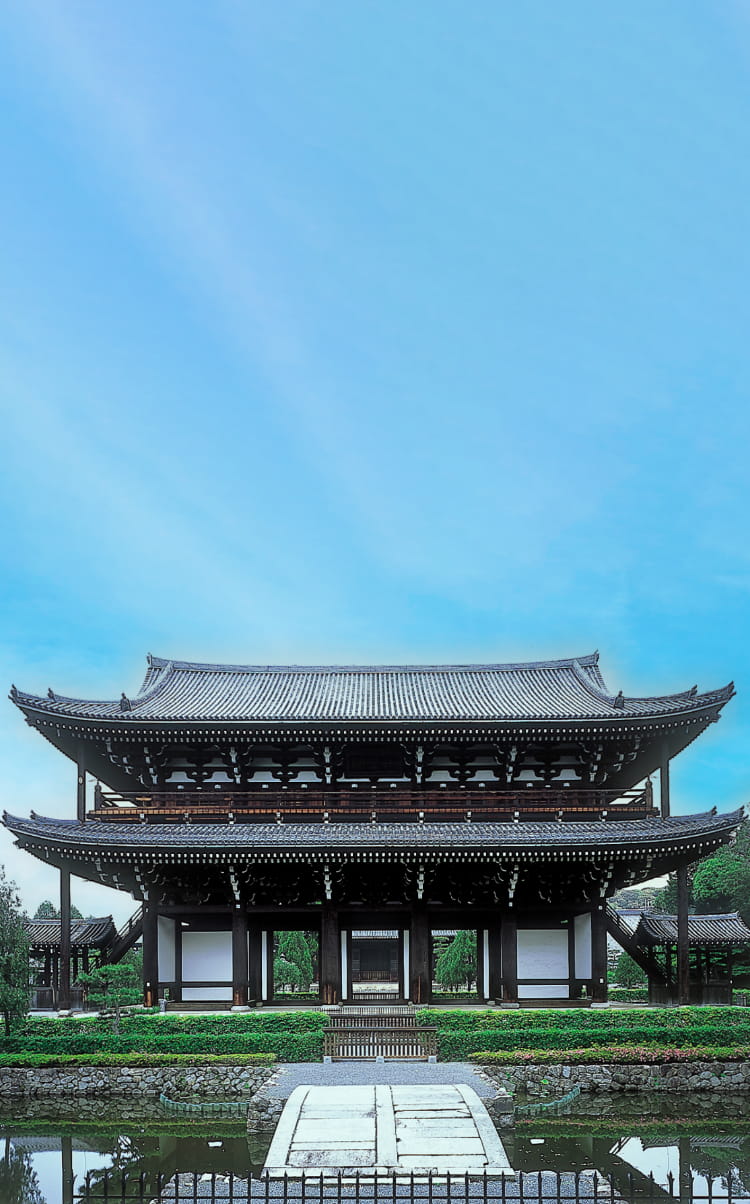
The oldest andlargestexisting Zen “Sanmon” gate, representing an impressive “Garan-zura (zura: face of the temple)."

Kujo Michiie, the most powerful statesman of the time, oversaw the start of the construction of Tofuku-ji Temple in 1236, with the framework of the main hall being completed in 1239. The Priest Shoichi was asked to be the founder of this temple, following this. After Michiie died in 1252, Ichijo Sanetsune continued his work to establish other halls, and witnessed the completion of the Hatto (lecture hall) in 1273. The Sanmon Gate was also considered to have been built around this time, as was the Shichido Garan (seven-hall monastery). Tofuku-ji Temple suffered, however, from a series of fires in 1319, 1334 and 1336, and the Sanmon Gate was burned down. The present Sanmon was built to replace the lost one soon after the fires and eventually completed in 1425. Some minor repair works were made on several occasions following this, up until initiation of the total dismantlement and repair project by the Ministry of Culture in 1969, 600 years after the last major renovation. This major innovation took 8 years and 9 months at a cost of 500 million yen, with the repair work being completed in March 1978.
This Sanmon Gate, designated a National Treasure in 1952, is a two-story edifice 22 meters high with five bays and three entrances. Designed in a style known as “Irimoya-zukuri” and also featuring elements of the Daibutsu (Buddha) Style, it is considered the oldest, largest and most magnificent example out of all Zen Sanmon gates. On the top sits a frame containing the characters for "Myo-un-kaku" inscribed by Ashikaga Yoshimochi, the 4th Shogun of the Muromachi Period, and the artwork adorning the ceiling was painted by the priests Chodensu and Kandensu. The Hokan Shaka Nyorai-zo (a statue of the Sacred-Crowned Sakyamuni Buddha), located in the center of the chancel on the second floor, and the Juroku Rakan-zo (16 Arhats) were said to have been created at the beginning of the Muromachi Period (Mid 14th century). This Sanmon Gate is certainly an important feature of Tofuku-ji Temple, representing “Garanzura,” and is one of the finest examples of Sanmon gate in Japan.
宝冠釈迦如来坐像
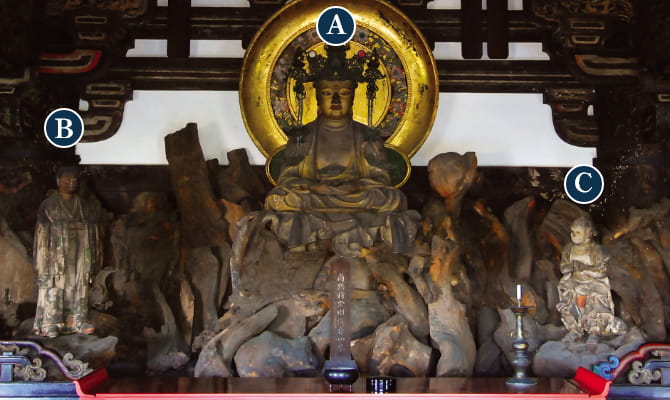
十六羅漢
三尊の両翼に配された十六羅漢は、本尊に向かって右(左翼)に第一尊者から第十五尊者まで奇数の番号が与えられた羅漢。反対側(右翼)は同じく第二尊者から第十六尊者まで偶数の羅漢それぞれ八ずつ配される。
左翼(本尊に向かって右)
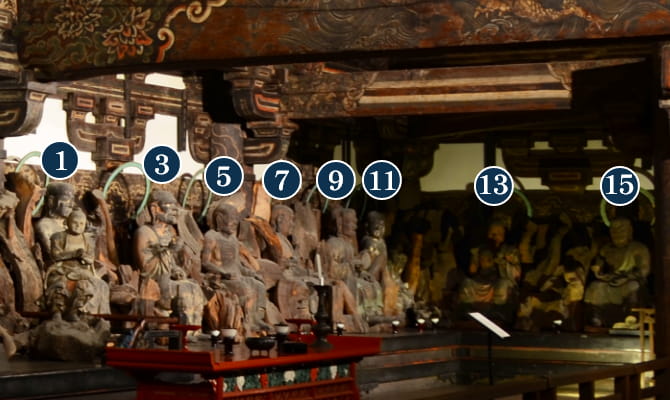
右翼(本尊に向かって左)
